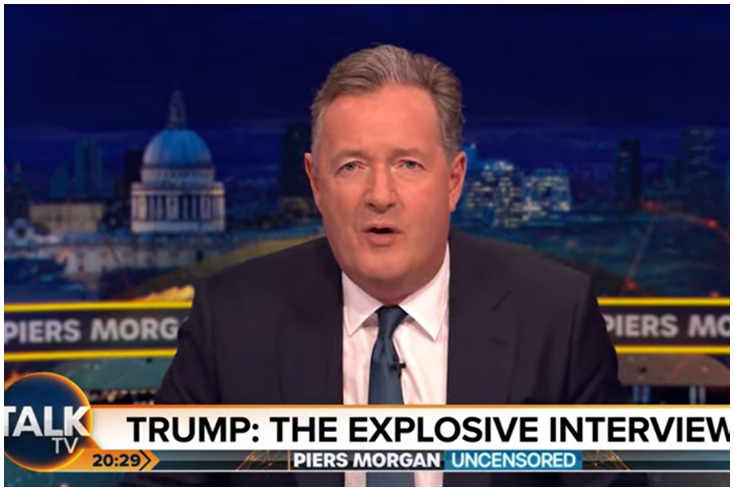Barb Audiences is developing new tools and changes to panel measurement that will potentially reduce the number of shows on niche TV channels being given “zero” ratings.
In a presentation to members this morning, Barb representatives discussed an innovation roadmap, which includes developing new tools to measure offline and online video audiences.
The TV measurement company is exploring a variety of “return path data sources”, it said, in order to track the number of households that are tuning into a particular programme, as opposed to the standard panel-based system which logs individuals within an household.
Barb confirmed it is also expanding its audience panel from just over 5,000 to 7,000 by the middle of 2024 to capture a more diverse snapshot of the UK population.
These two developments, in theory, would decrease the number of programmes that appear to have a “zero” rating. This has become a bone of contention among executives at newer broadcasers such as GB News and Talk TV, when big-name talent like Piers Morgan are mocked for having a “zero-rated” programme.
YouTube, as The Media Leader revealed earlier this year, is part of the Barb ecosystem, as is Netflix and Disney+ which have recently introduced a cheaper, ad-funded tier.
Barb revealed today that it is also in discussions with more non-traditional video platforms as being future subscribers. Vevo, the music video platform, is among a range of video publishers that have entered into active discussions about joining Barb after the TV measurement company launched a “fit for TV” standard to accommodate non-traditional broadcasters.
Why Barb will keep brand safety standards baked into ‘fit-for-TV’ model
Measuring ads on SVOD with ‘audio watermarking’
Matt Laycock, Barb’s audience director, would not reveal the names of other companies looking at joining the Barb system, but did confirm that Netflix and Disney’s involvement had sparked interest from “a variety of new services”.
However, tracking ads on so-called subscription video-on-demand (SVOD) platforms has presented an ongoing challenge for Barb: how to accurately measure TV audiences and ads on SVOD systems in which users are choosing when to watch content as opposed to videos being broadcast at a particular time?
Barb executives repeatedly mentioned audio watermarking as a potential solution in which video content is tagged with a particular audio signature that is automatically picked up whenever it is viewed — much in the same way as the Shazam app identifies recorded music.
Because ads are shorter than long-form video content, they require more granular monitoring, Layock said.
The company already features audio referencing for content, which is handled by its supplier Kantar, but developing a watermark that can be used on a like-for-like basis across different SVOD platforms is actively being developed as a “proof of concept”.
“This would provide stronger numbers, more efficient data collection for advertising and ensure everyone is able to find the spot they booked on to particular channels for their clients,” Laycock added.
There is currently very little advertising that is watermarked in this way, Laycock explained, and Barb wants to “work with the industry to make sure watermarking comes through the relevant TV systems”.
In a recognition that “we need to change how we deliver our data”, Barb also revealed it is developing an API feed in which advertisers and agencies can import linear TV audience data into their own proprietary media planning and buying tools. This API will should include the full Barb audience panel in 2023.




